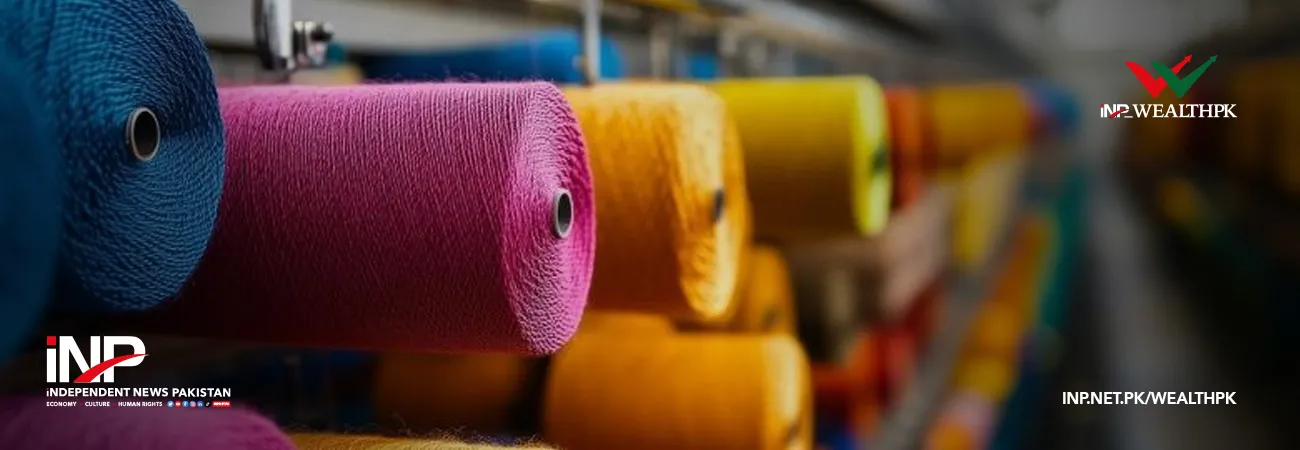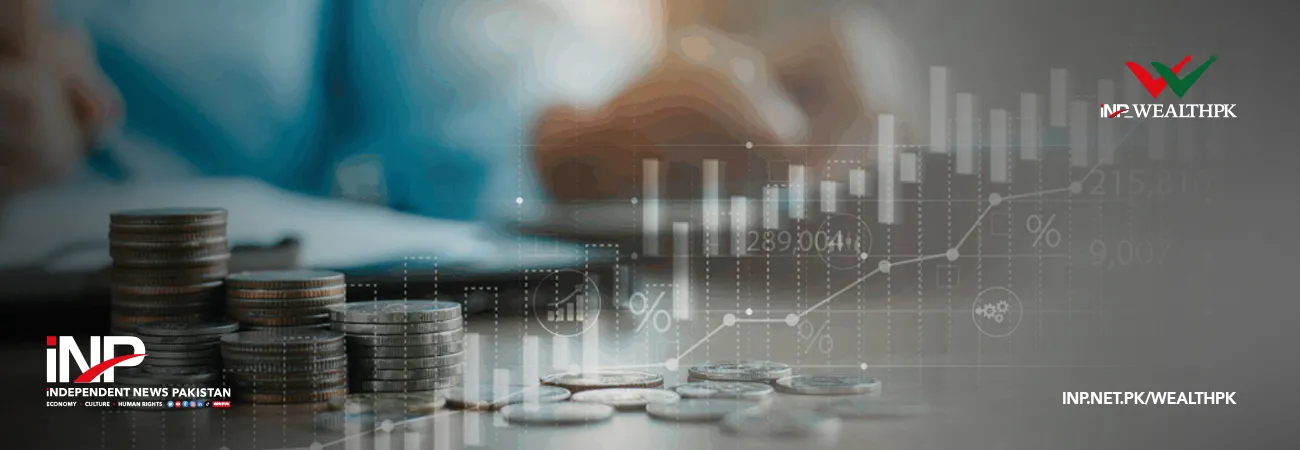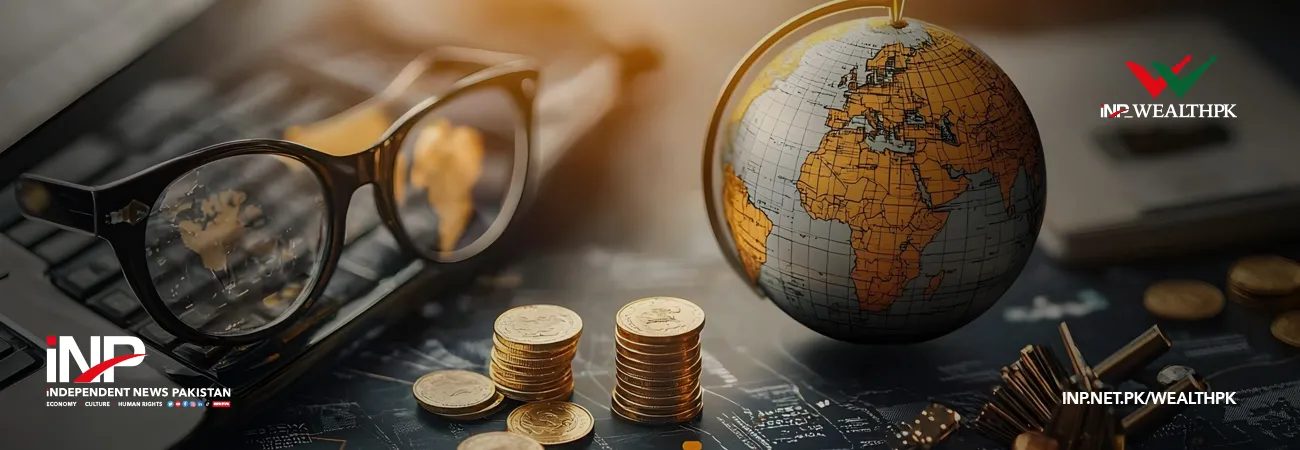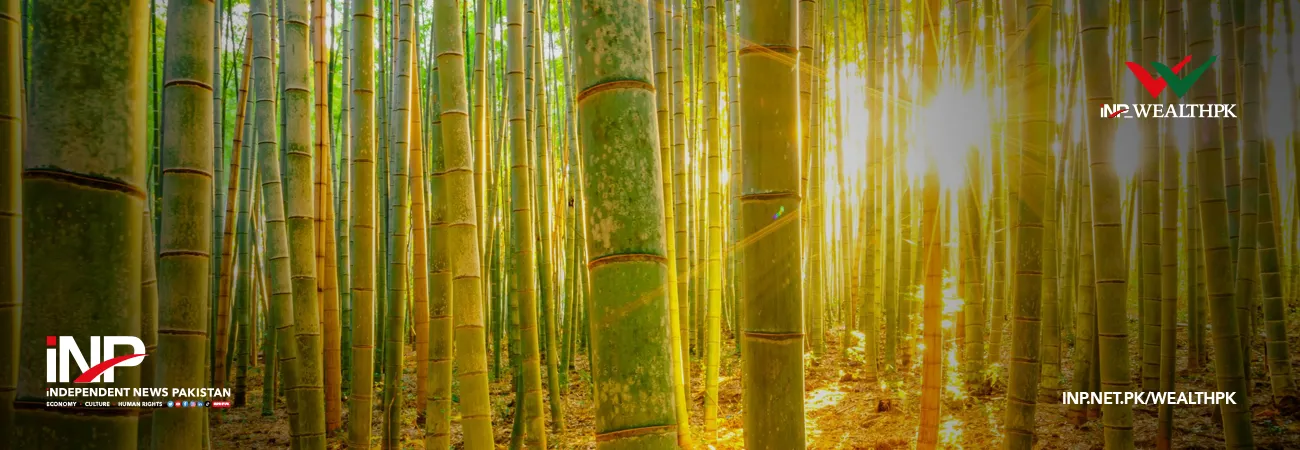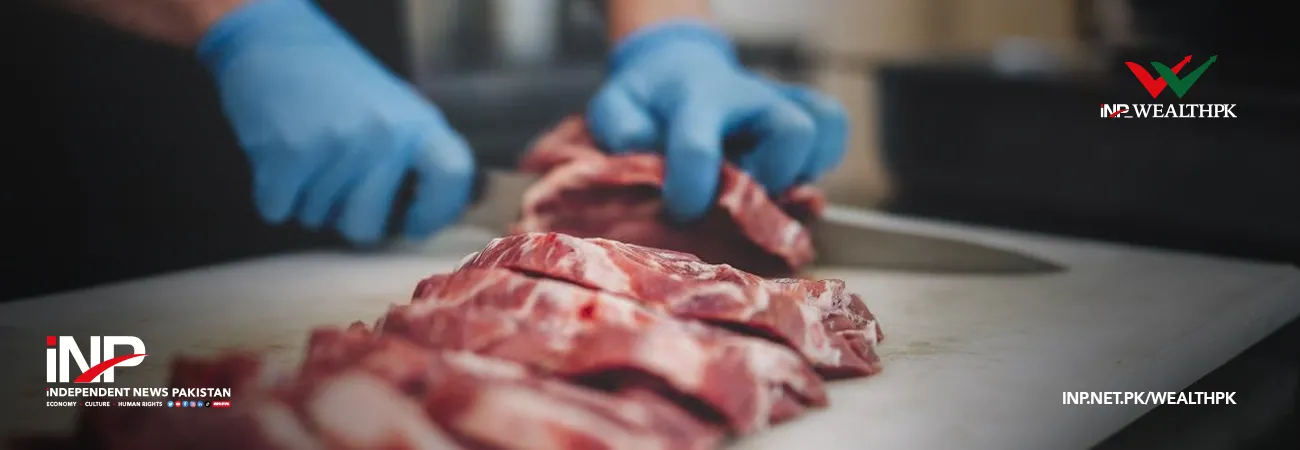INP-WealthPk
Hamza Ali
Pakistan’s textile industry, long regarded as the backbone of the country's economy, is facing a serious crisis. Stakeholders express concern that high energy prices and unfair tariff regimes could lead to a drop in exports, factory closures, and widespread layoffs if policymakers do not act swiftly.
Talking to WealthPK, Waleed Mumtaz Abbasi, Manager Programs for all sustainable cotton projects at the Rural Business Development Centre, said, “The rising energy costs and high tariffs are eroding the global competitiveness of Pakistan’s textile sector, prompting warnings that without targeted reforms, the industry's growth and export potential could face a sharp decline.”
Industrial zones continue to struggle with gas shortages and electricity costs that have surged above Rs50 per unit. Energy accounts for 30–35% of production costs in the textile value chain, making it increasingly difficult for many businesses to operate at full capacity. “With electricity prices soaring past Rs50 per unit, manufacturers are being forced to scale down or shut down operations,” noted Muhammad Zakarya, Deputy Manager Planning at Al-Rahim Textile Industries.
Textile exports, which make up more than 60% of Pakistan's total exports, have seen a substantial decline over the past year, as shown by recent data. Industry leaders attribute this drop not only to domestic challenges but also to stiff competition from regional powers such as India, Vietnam, and Bangladesh. “While regional competitors like India and Bangladesh offer subsidies and policy consistency, Pakistan’s high energy tariffs are undercutting its global competitiveness,” added Zakarya.
In Bangladesh, export-oriented units benefit from subsidized energy and tax incentives, while India’s textile sector enjoys various state-level energy credits, logistical support, and capital investment subsidies. In contrast, Pakistani exporters face rising costs, a lack of fiscal incentives, and an unpredictable policy environment. “Pakistan’s textile industry is on the brink, crippled by soaring energy costs and policy inconsistency, while regional competitors surge ahead with subsidies and stable frameworks,” said Zakarya.
The crisis has disproportionately impacted small and medium-sized enterprises (SMEs), which lack the financial buffers and credit access to absorb rising input costs or invest in alternative energy sources. Many SMEs have reportedly scaled back production and laid off workers. Some have cut employment or shut down entirely, weakening the sector’s diversity and resilience. To stay viable, some larger manufacturers have begun investing in solar energy and other energy-efficient technologies.
However, these long-term solutions often remain financially out of reach for smaller firms without government support or subsidized financing. Industry stakeholders, including the All Pakistan Textile Mills Association (APTMA), have called for immediate and targeted government action. Their key demands include regionally competitive energy pricing, rationalized tariffs on imported raw materials, subsidized financing for renewable energy initiatives, and expedited disbursement of sales tax and DLTL refunds.
“Without urgent reforms, the country risks deindustrialization, mass unemployment, and a permanent loss of textile market share,” warned Zakarya. The consequences of inaction could be severe. A continued decline in the textile industry would result in significant foreign exchange shortfalls and displace millions of workers—particularly women, who make up a substantial portion of the labour force. The State Bank of Pakistan (SBP) recently highlighted the vulnerability of export-oriented sectors to energy disruptions and erratic regulatory policies in a policy brief.
Likewise, figures from the Pakistan Bureau of Statistics show a consistent annual drop in textile exports, validating industry concerns. As Pakistan seeks to revive economic growth and stabilize its foreign accounts, the textile sector remains a vital engine. However, conventional policies will no longer suffice. Industry experts urge the government to implement structural reforms that ensure cost competitiveness and long-term sustainability.
Credit: INP-WealthPk



